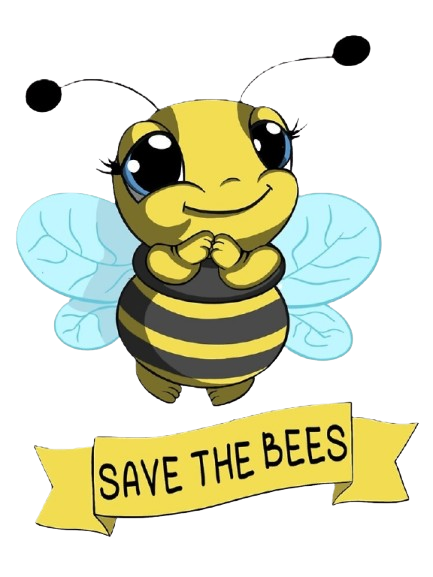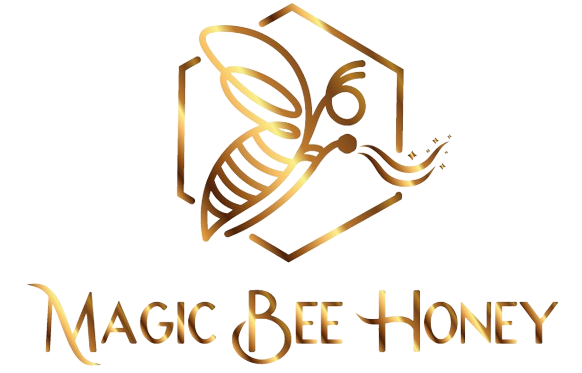History of beekeeping
Ukrainians are very fond of honey and bees. Beekeeping in Ukraine is more than one hundred years old. Honey and wax have been collected since ancient times. These products were one of the oldest items of export to the countries of Europe and Asia.
In ancient times beehives for bees’ families were made from hollow wooden logs.
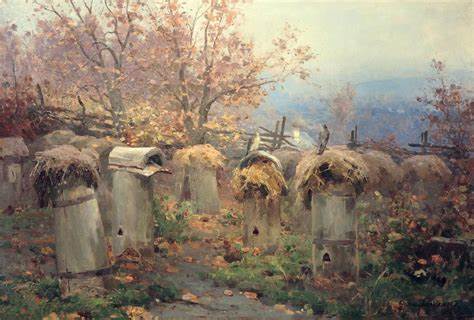
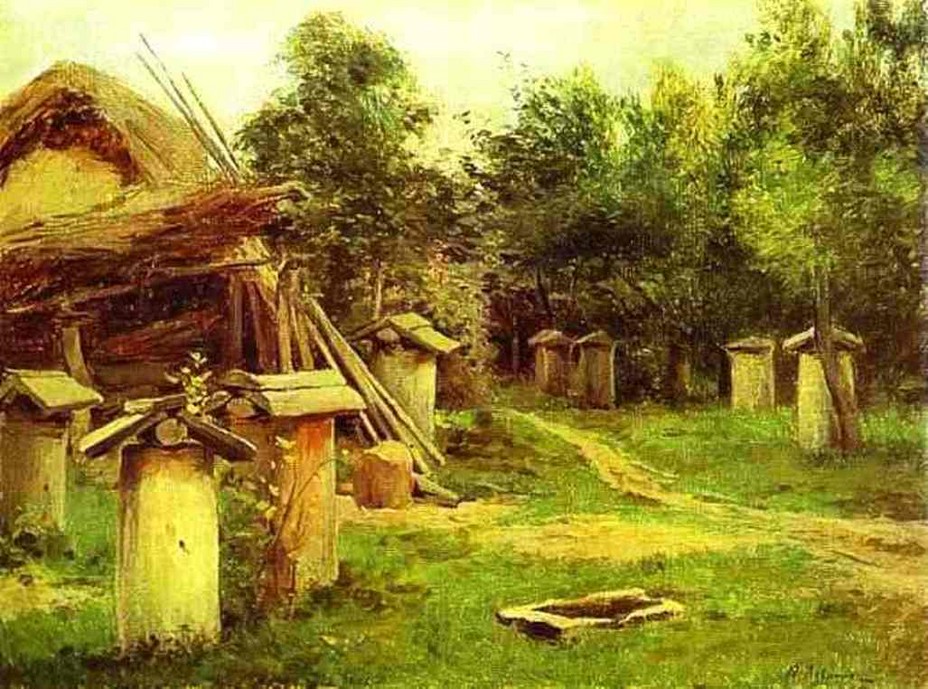
Old hives in Ukrainian villages
The main problem in those days, bees were fumigated (killed) before taking honey from the hives. At the same time, the best families of bees, which collected more honey, were subject to destruction.
And if the Ukrainian Petro Prokopovych had not invented the frame beehive in 1814, it is not known what modern beekeeping would have been like.
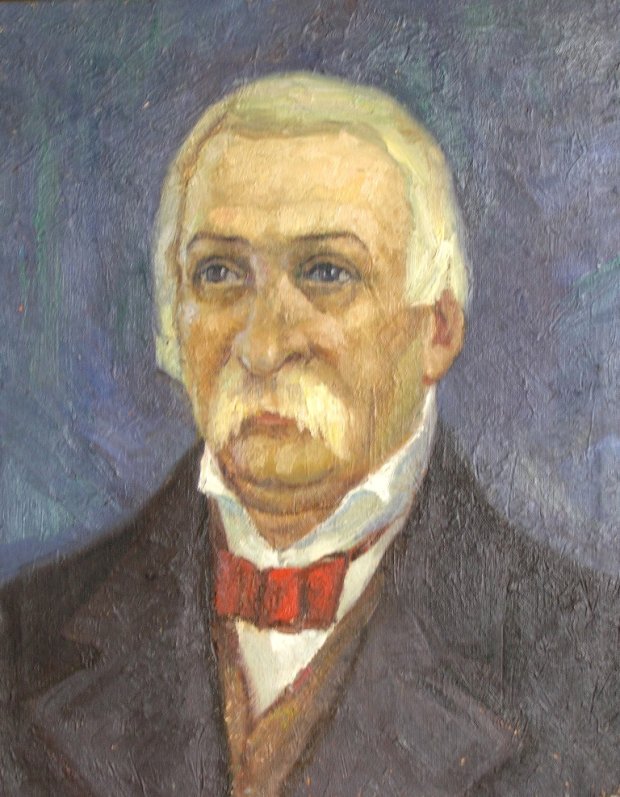
Petro Ivanovich Prokopovich
The invention of the frame beehive served as the beginning of a wide study of the honey bee and the management of its vital activity in the interests of man.
The worldwide development of the framework system of beekeeping led to new, no less important inventions of world importance – artificial beeswax and honeydew, which together created a real revolution in beekeeping.
It is known that the famous beekeeper Petro Ivanovich Prokopovich was born in 1775 in Chernihiv Oblast in the village of Mytchenka from the Konotop district in a poor noble family.
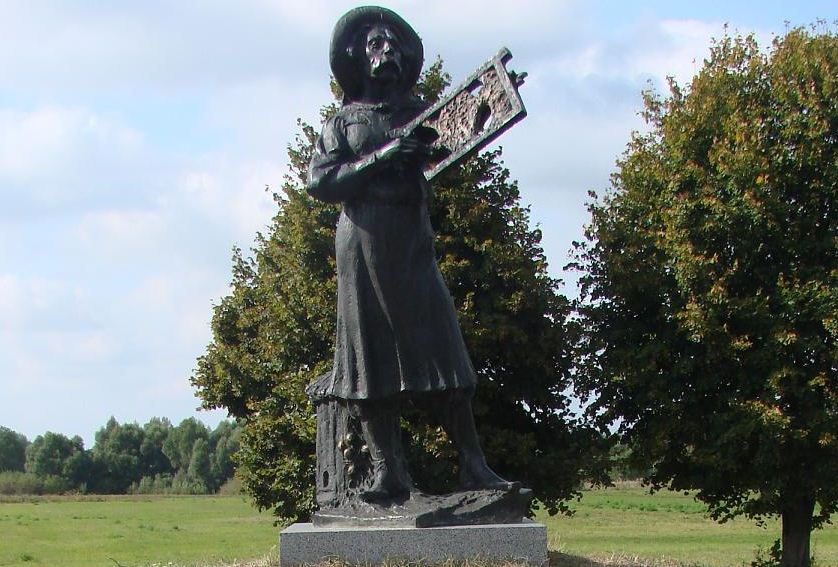
Monument to Petro Prokopovich in his native village.
The man successfully graduated from the Kyiv Theological Academy, served as a cadet in a cavalry regiment.
But Peter’s soul was not ready for military service, he soon retired. Returning home in 1798 and visiting his younger brother’s apiary, he firmly decided to devote his life to beekeeping.
Due to Peter’s unwillingness to be a soldier, his father deprived him of his inheritance. However, Prokopovich managed to purchase three tens of acres of land and received a loan of some money to set up his farm, an apiary, and then seriously engage in his favorite business.
The beekeeper himself made hives and tested them, carefully observing the behavior of bees, worked on improving the care of bees, kept a diary, dealt with the treatment of insects and many other issues.
He was faithful to his work like no other. In a few years, he became a famous beekeeper, created the largest apiary not only in Ukraine, but also in the world – more than 10,000 bee families!
Economic conditions in the country required new methods in beekeeping, and Petro Prokopovich was looking for them.
In 1814, Prokopovich invented such a beehive – a collapsible frame hive, best adapted to the climate in the work of a beekeeper with bees, which protects the bees during the selection of honey.
In 1827, Prokopovich opened the first beekeeping school in his native village, which he maintained with his own funds.
Many peasants from Ukraine, Belarus, Bashkiria, Georgia, the Czech Republic, Hungary, Italy, and Germany studied beekeeping there. The school also taught horticulture, horticulture, viticulture, flower growing, writing, arithmetic and singing.
It so happened that it is thanks to the Ukrainian that modern apiaries have this look.

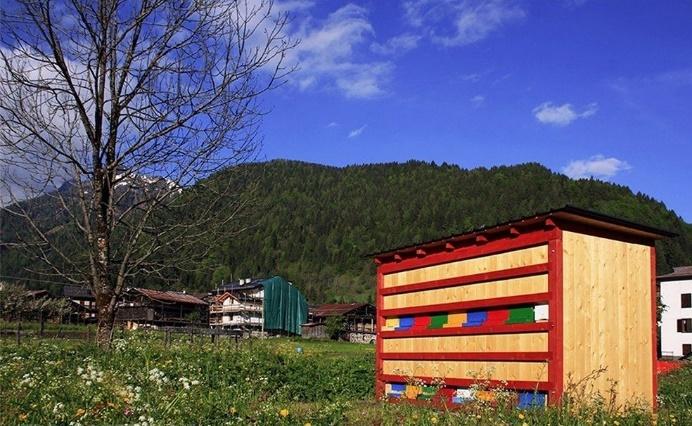
During passed years hives were modernized, according to the needs of beekeepers, even installed on a wheeled platform.
But the framework principle of the beehive remains unchanged until now. And this made it possible to develop beekeeping all over the world without the need to kill bees.
According to unconfirmed rumors, the famous physicist Albert Einstein once said: “After the extinction of all bees, humanity will last only four years.” It is hard not to agree with this gloomy prophecy. After all, more than a third of agricultural crops will not survive without pollination. Without bees, we face food shortages on an unprecedented scale.
And so it turned out that Ukrainians, thanks to their love for honey and bees, were almost at the forefront of the world trend to save bees, because it is precisely these small and hardworking insects that support life on the planet Earth with their work.
